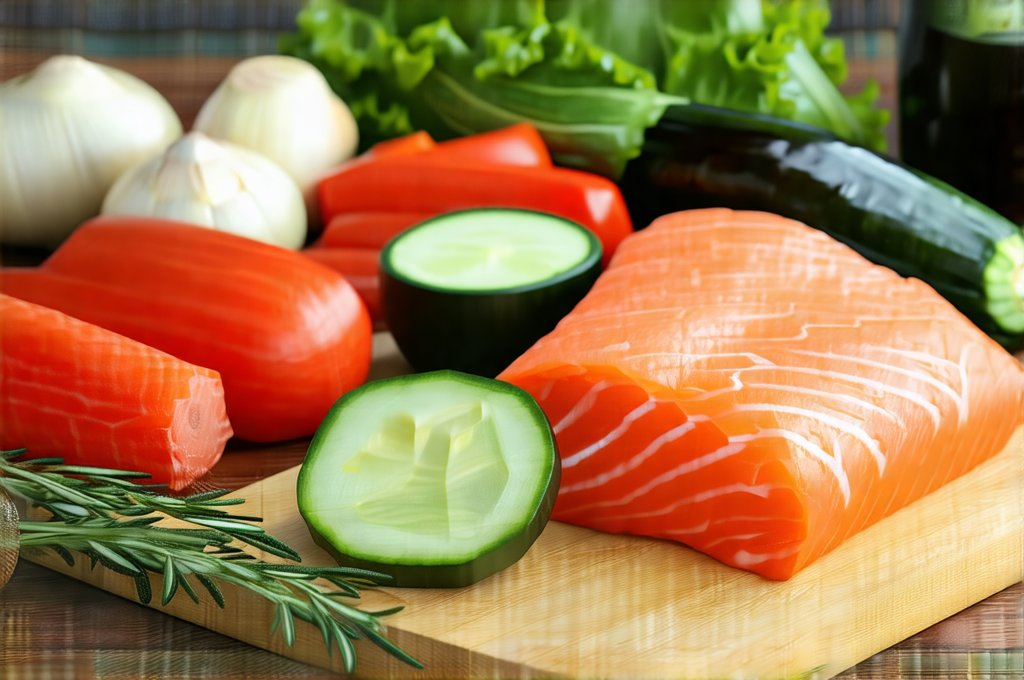Our modern diets often prioritize convenience and processed foods, inadvertently diminishing our intake of naturally fermented options. This shift isn’t merely about taste; it impacts the intricate ecosystem within our gut – the microbiome – which plays a pivotal role in overall well-being. Low-fermentation foods represent a bridge between traditional foodways and contemporary nutritional needs, offering a gentle introduction to probiotic-rich nourishment without the intensity of longer fermentation processes. Integrating these foods into every meal isn’t about strict adherence to a diet; it’s about cultivating a mindful approach to eating that supports digestive health and strengthens our connection to the origins of our food.
The concept of “low-fermentation” differentiates itself from lengthy, complex fermentations like those producing traditional kimchi or sauerkraut. Instead, it encompasses methods resulting in milder flavors and quicker results – think cultured dairy, lightly fermented pickles, or beverages like kombucha. These foods provide a more accessible entry point for individuals unfamiliar with fermented tastes, reducing the potential for digestive upset while still delivering substantial benefits. The goal is to subtly incorporate these living foods into your daily routine, enriching your meals with beneficial bacteria and enhancing nutrient bioavailability—making what you eat work harder for your health. If you are experiencing discomfort after meals, consider reading how to stop feeling bloated after every meal.
Cultured Dairy: A Gentle Introduction
Cultured dairy products are perhaps the most approachable low-fermentation foods available, largely because they’re already staples in many diets. Yogurt, kefir, and even some soft cheeses rely on bacterial cultures to transform milk into delicious, digestible forms. The fermentation process pre-digests lactose, making these options more tolerable for people with mild sensitivities. Choosing plain, unsweetened varieties is crucial; added sugars negate many of the health benefits and can disrupt gut balance. Look for products labeled “live and active cultures” to ensure you’re receiving the probiotic punch.
Beyond yogurt and kefir, consider exploring cultured butter or crème fraîche. These options add richness and depth of flavor to meals while providing subtle probiotic support. Cultured dairy isn’t just about taste; it impacts nutrient absorption. The fermentation process increases the bioavailability of vitamins and minerals found in milk, meaning your body can more easily utilize them. Regularly incorporating these foods into breakfast, snacks, or even as a component of dinner can contribute significantly to a healthier gut microbiome. Understanding foods that help restore ph balance is also important for overall digestive health.
The beauty of cultured dairy lies in its versatility. A dollop of plain yogurt can transform a savory dish like chili or curry. Kefir is excellent in smoothies or enjoyed on its own. Even a small amount of cultured butter adds a unique flavor profile to baked goods and cooked vegetables. Prioritizing quality over quantity when it comes to these foods will yield the greatest benefits.
Lightly Fermented Pickles & Vegetables
Fermenting vegetables at home, even for short periods, is an incredibly rewarding process. Unlike traditional pickling which uses vinegar as a preservative, light fermentation relies on lactic acid bacteria naturally present on the vegetable surface. This creates a tangy flavor and preserves nutrients in a way that vinegar-based pickles do not. Cucumber pickles are classic, but you can experiment with carrots, radishes, green beans, or even cauliflower. The key is to use a brine solution (salt and water) and allow the vegetables to sit at room temperature for 3-7 days – just long enough to develop a pleasant tartness without becoming overly sour.
Making your own lightly fermented pickles is surprisingly simple:
1. Prepare a brine solution: Typically 2-3% salt concentration in water (e.g., 20-30 grams of salt per liter of water). Use non-iodized salt.
2. Pack vegetables tightly into a clean jar, leaving some headspace.
3. Pour the brine over the vegetables, ensuring they are fully submerged. Use a weight to keep them down if necessary (a small glass or fermentation weight works well).
4. Allow to ferment at room temperature for 3-7 days, tasting periodically to check for desired tartness.
5. Store in the refrigerator to slow down fermentation.
These lightly fermented vegetables aren’t just delicious; they offer a natural source of probiotics and enzymes that aid digestion. Incorporating them into salads, sandwiches, or as a side dish with meals adds a vibrant burst of flavor and nutritional value. Remember, the shorter the fermentation time, the milder the taste, making it ideal for those new to fermented foods. If you accidentally consume something triggering, best ways to recover are available.
Kombucha: A Fizzy Probiotic Boost
Kombucha is a fermented tea beverage that has exploded in popularity in recent years. It’s made by fermenting sweetened tea with a SCOBY (Symbiotic Culture Of Bacteria and Yeast). This process results in a slightly effervescent, tangy drink rich in probiotics, antioxidants, and organic acids. While commercially available kombucha options abound, making your own allows for greater control over ingredients and sweetness levels. However, be mindful of sugar content even in homemade versions – moderation is key.
The fermentation process transforms the tea into a beverage with potentially beneficial properties. The SCOBY consumes most of the sugar during fermentation, leaving behind a low-sugar drink (though this varies depending on the brew). Kombucha’s probiotics can contribute to gut health, and its antioxidants may offer protection against cell damage. Start slowly when introducing kombucha into your diet, as some individuals may experience digestive upset if they consume too much too quickly. Begin with a small amount—4-8 ounces—and gradually increase intake as tolerated.
Kombucha can be enjoyed on its own or incorporated into creative beverages. Try adding fruit purees, herbs, or spices to create unique flavor combinations. Using it as a base for mocktails or smoothies is another excellent way to enjoy its benefits. Look for brands that are unpasteurized (as pasteurization kills the beneficial bacteria) and low in sugar. When dealing with reflux symptoms, having a reflux-rescue first aid kit can be helpful.
The overarching principle of incorporating low-fermentation foods into every meal isn’t about perfection but about progress. It’s a gradual shift towards prioritizing gut health and embracing food as medicine, not just fuel. By consistently including these options—cultivated dairy, lightly fermented pickles, or kombucha – we can nurture our microbiome, enhance nutrient absorption, and ultimately support overall well-being. Remember to listen to your body, experiment with different foods, and find what works best for you. You might also want to explore how to identify hidden lactose in common food products. And during times of stress, remember how to keep reflux in check.


















